BU is a disease of poverty, disproportionally affecting children in rural West Africa and designated a neglected tropical disease by the WHO. Despite the devastating impact on quality of life, research into Buruli ulcer receives little funding world-wide.
Information about hypercoagulable states including anticoagulant deficiencies comes from first-world countries and concerns individuals of European or Asian descent. Information on Africans is extremely sparse, despite deep vein thrombosis (DVT)s being common. In the UK, healthy African-Caribbean subjects have elevated thrombin production and Factor VIII levels, the latter increasing risk of DVT. Prevalence of genetic risk factors seems lower. The current work will be one of the first studies of haemostatic variables in West Africa. It is not known how the staple diet of endemic BU populations may influence their susceptibility to disease and/or their haemostatic profile.
The necrotic subcutaneous tissue of the lesions can be extensive. Wound healing is a major issue in BU and healing rates can range widely between patients, although it is not clear why. Haemostatic components including thrombomodulin have known roles in wound healing therefore this research will throw light onto these under-explored areas.
Mycolactone has been proposed as an analgesic for other painful conditions. It is therefore crucial that pro-coagulant effects of mycolactone are fully understood before it is administered therapeutically to patients.
We aim to explore the role of haemostasis (blood clotting) in the pathogenesis of BU
Objectives
1. To determine the haemostatic profile of BU patients and controls
2. To determine prevalence of coagulation defects in BU patients and control groups
3. To determine markers of active coagulation in the study population
4. To determine active fibrin formation in BU patients
5. To determine the role diet in the pathogenesis of Buruli ulcer
Expected outcome
Expected outcome of this study includes:
· it will substantially increase our understanding of the pathogenic mechanism of BU lesion development
· it will establish whether coagulation is linked to BU susceptibility
· it will show whether it might be possible to improve BU treatment strategies by harnessing anticoagulants alongside antibiotics to reduce healing times
· it will contribute to knowledge of the interaction between coagulation and infectious diseases more widely
· identifying the pathways underlying ulcer maintenance by mycolactone will provide vital insights into the mechanisms of wound healing in all ulcers. Tropical, diabetic and other ulcers are widespread throughout the developed and developing world, and our findings will be widely applicable in these other diseases, since they also show evidence for fibrin involvement.
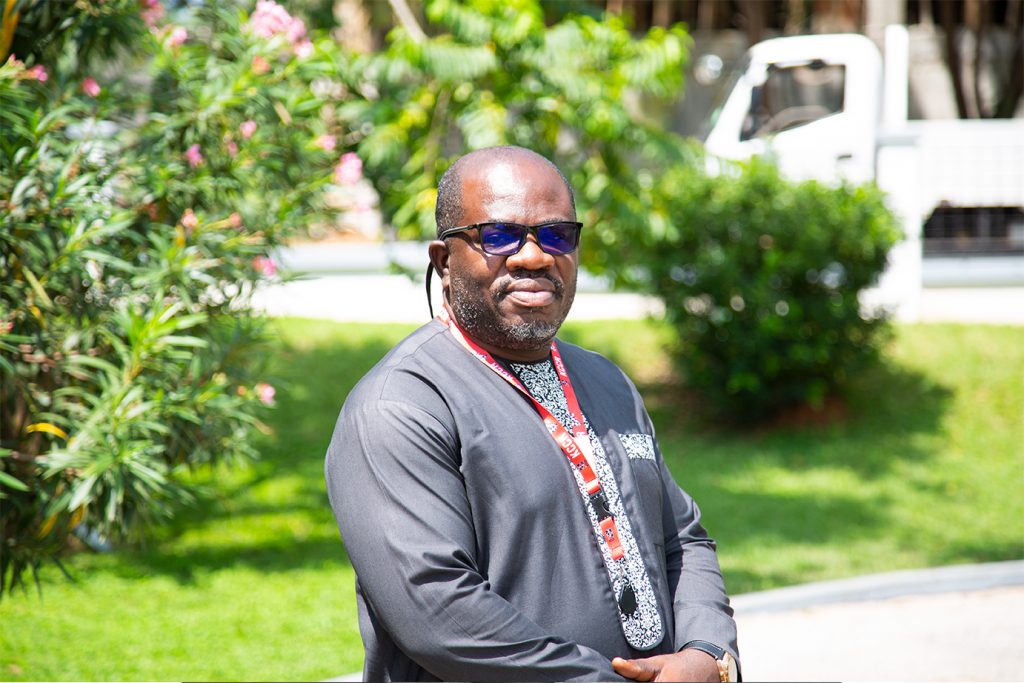
Team Coordinator
Dr Yaw Ampem Amoako
Phone: +23324 4858075
E-Mail: y.amoako@kccr.de
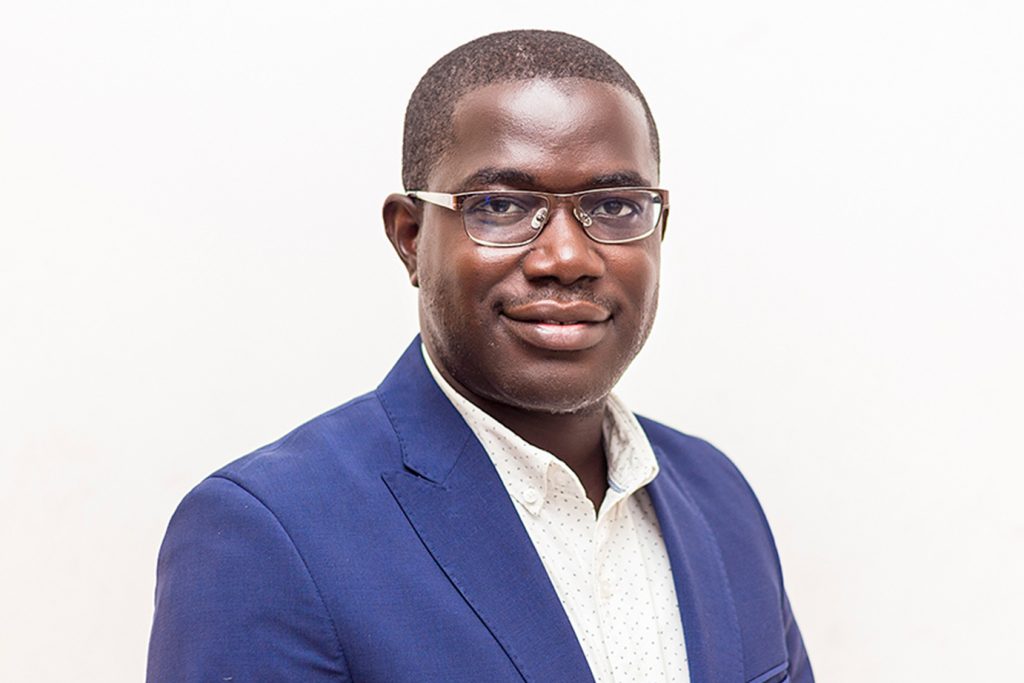
Senior Research Fellow
Dr. Micheal Frimpong
Phone:
E-Mail: mfrimpong28@gmail.com
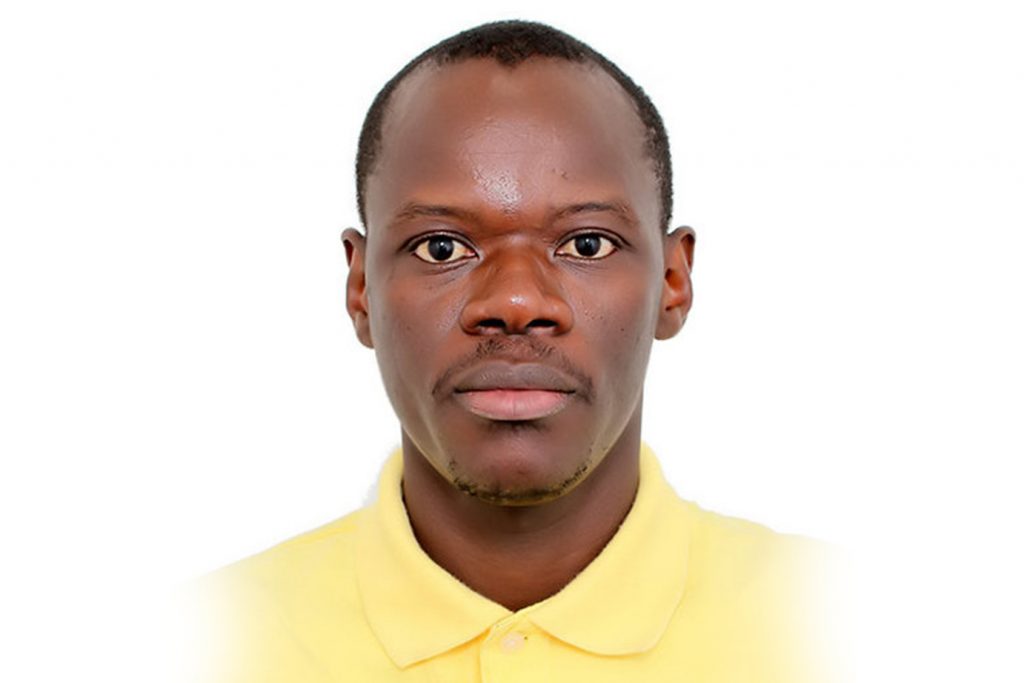
Health Economist
Dr Jacob Novignon
Phone: +233 24 258 6462
E-Mail: jnovignon@gmail.com



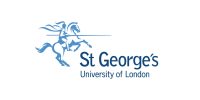
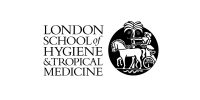
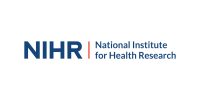
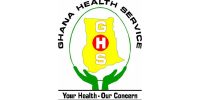
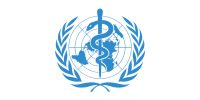
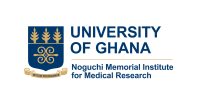
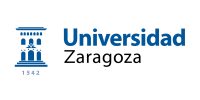


South-end Asuogya Road,
KNUST, Kumasi
Ghana
GPS: AK-312-1059
Monday – Friday
8am – 5pm
Monday – Sunday
8am – 5pm
KUMASI CENTRE FOR COLLABORATIVE RESEARCH IN TROPICAL MEDICINE
Copyright © 2024. All rights reserved